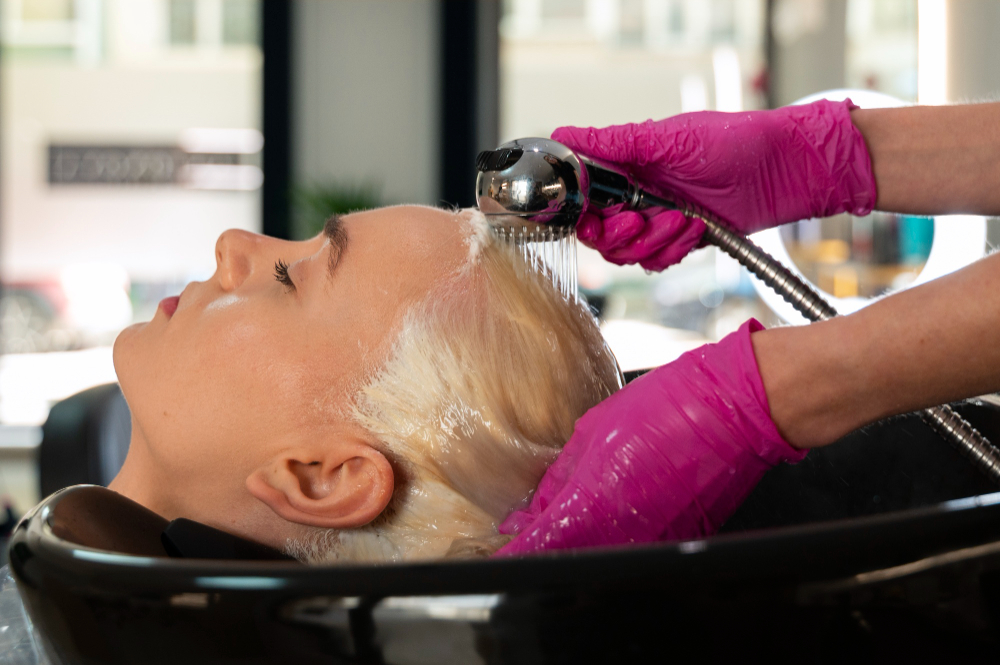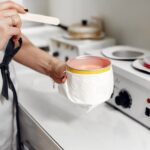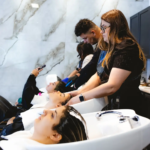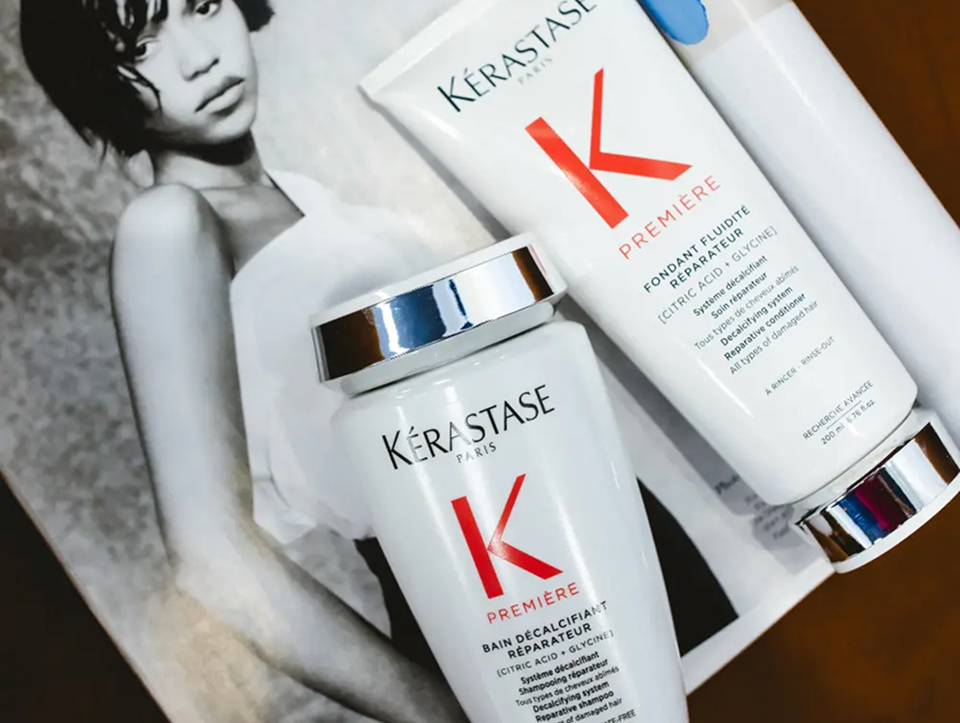Do you want to lighten your hair without undergoing a full bleach session? We have a gentler, more controlled method that’s been getting a lot of attention: the bleach wash for hair, also known as a soap cap.
Think of it as the middle ground between deep-cleansing and full-on lightening, perfect if you want those in-between moments when your hair needs a lift without intense damage.
Here at Haste, we’re dedicated to empowering you to make informed decisions for your hair health and beauty. So, let’s break down the what, why, and how of bleach washing and when it might be your best option.
What Is a Bleach Wash for Hair?
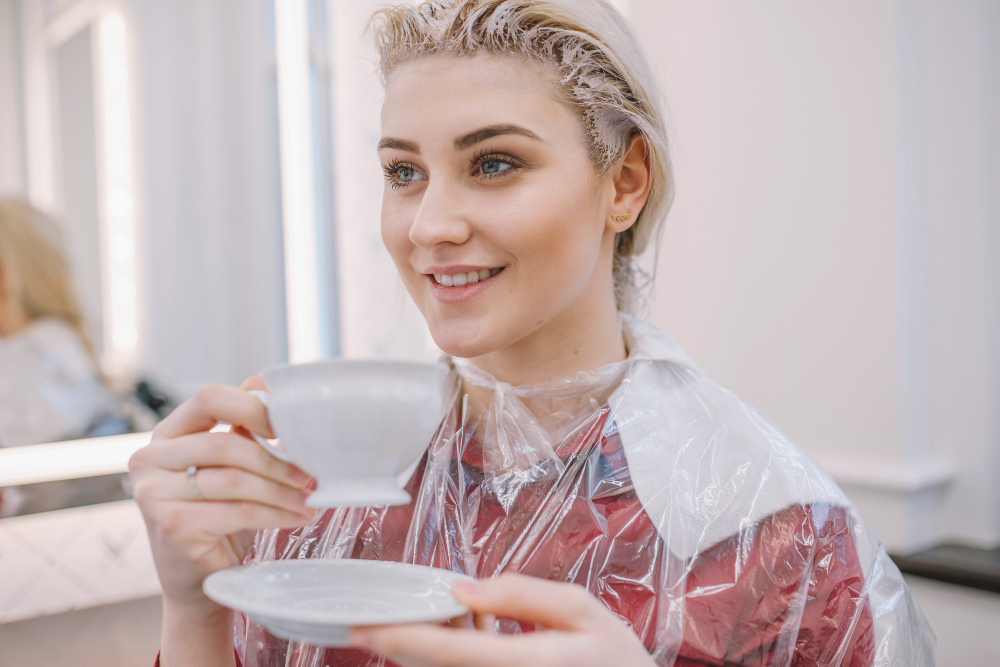
A bleach wash for hair is a diluted lightening treatment that blends bleach powder, developer, and shampoo into a less aggressive formula than traditional bleaching. It’s ideal for gently removing unwanted toner, hair dye, or lifting your natural color by one or two levels.
The shampoo in the mix acts as a buffer, softening the effects of the bleach. That means less damage and more control. Many stylists use a bleach wash to:
- Refresh faded color
- Correct uneven tones
- Prepare hair for a new color application
- Lighten hair gradually over time
When Should You Use a Bleach Wash?
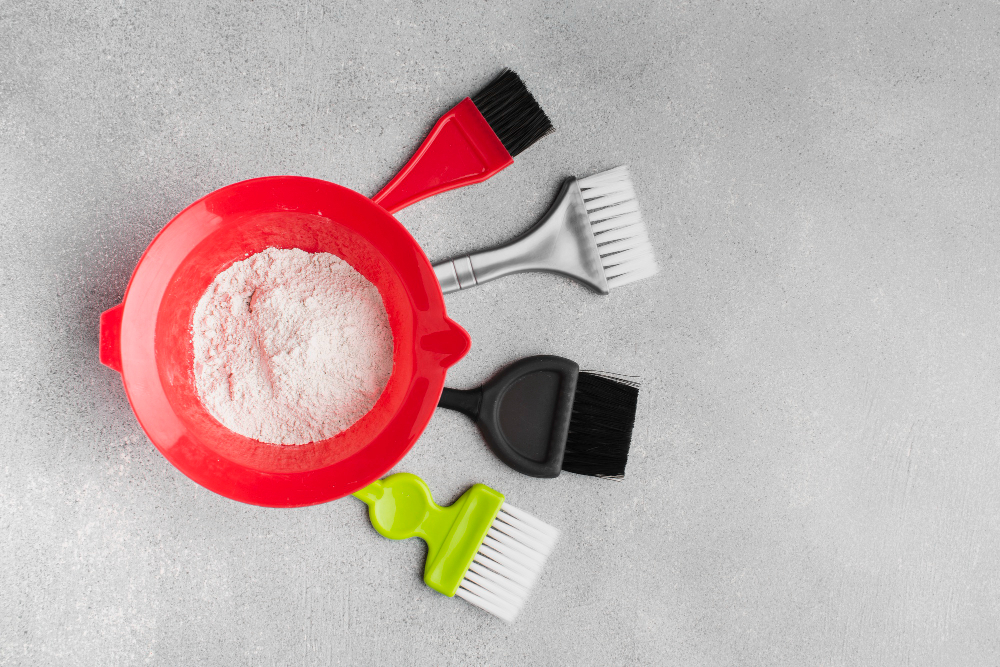
At our hair wellness spa, we found that not every hair situation requires a complete bleach job. We advise you to have a bleach bath for hair when:
- You want to remove semi-permanent or faded permanent color
- You’re transitioning from dark to light hair and need a soft lift
- Your hair is porous or damaged and can’t handle complete bleaching
- You need a quick color correction before applying a new shade
- You’re dealing with brassy tones from previous dye jobs
Tip: A bleach wash for hair can also help lighten box dye build-up, especially if your hair has become patchy over time.
How to Do a Bleach Wash (Safely)
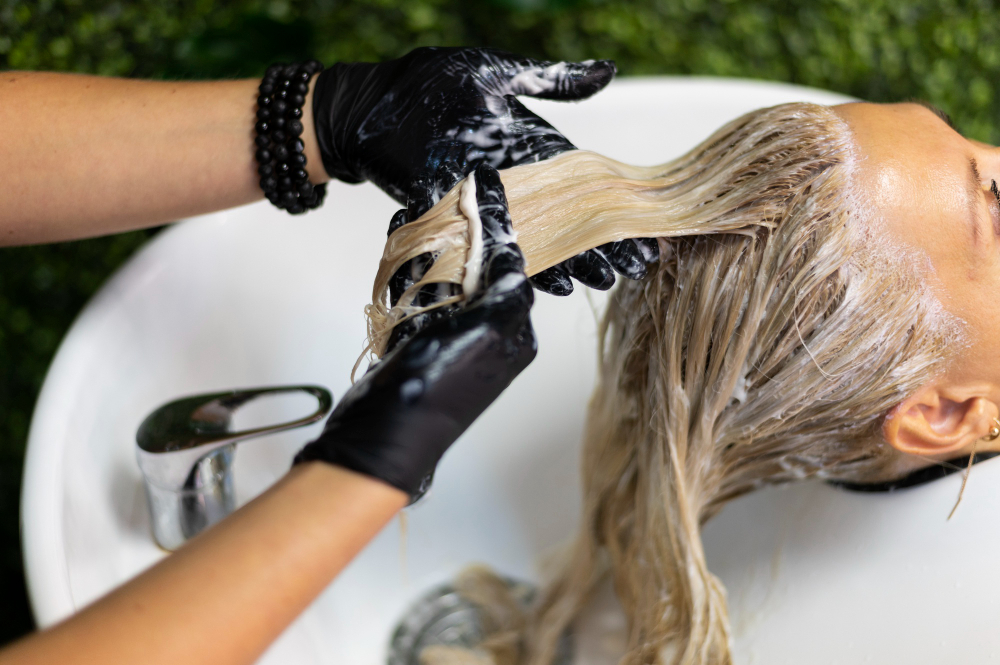
One thing we must advise you is that bleach, even when diluted, remains a chemical process. If you’re unsure or your hair is fragile, see us at Haste Urban Hair Spa. We’ll conduct a thorough consultation and tailor the treatment to your specific hair type and goals.
That said, here’s the basic DIY bleach wash for hair process if you’re feeling confident and know your hair well:
Ingredients:
- Bleach powder (professional-grade)
- 10 or 20 volume developer (no higher than 20 volume for bleach baths!)
- Clarifying shampoo
- Gloves
- Mixing bowl and brush
- Wide-tooth comb
- An old towel or cape
Mix Ratio:
- 1 part bleach powder
- 2 parts developer
- 1 part shampoo
Steps:
- Prep your hair – Start with dry or damp (not soaking wet) hair. Wear old clothes and protect your skin with petroleum jelly around your hairline.
- Mix your bleach wash – Combine the ingredients until you get a smooth, frothy consistency.
- Apply quickly – Section your hair and apply the mixture evenly, working fast to prevent uneven processing.
- Monitor the lift – Let the bleach wash process for 5–20 minutes, depending on your desired lift and hair condition. Check every 5 minutes!
- Rinse and deep condition – Rinse thoroughly with lukewarm water, then apply a deep conditioning mask to replenish moisture and strengthen your hair.
Bleach Wash vs. Traditional Bleaching
| Bleach Wash | Traditional Bleaching |
| Gentler on hair | Stronger, more damaging |
| Subtle lightening | Intense lift (up to 7+ levels) |
| Includes shampoo | Pure bleach and developer |
| Good for toning or prepping | Suitable for drastic color changes |
If you’re aiming for platinum blonde from dark brown or black, a bleach wash may not be enough on its own. However, it’s a great pre-lightening technique or the first step in a multi-stage lightning plan.
Who Should Avoid a Bleach Wash?
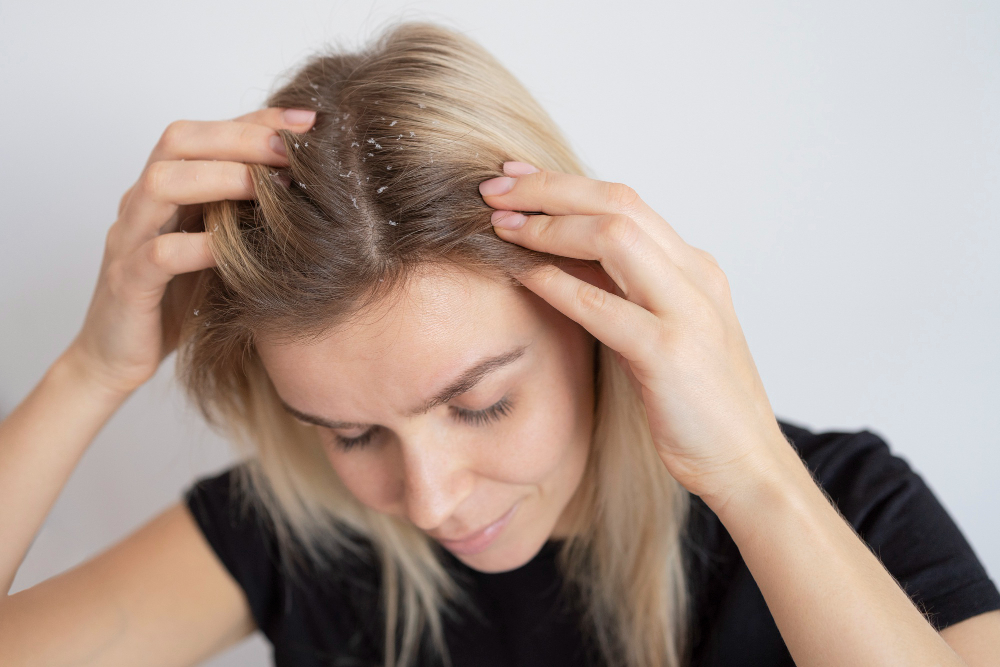
A bleach wash isn’t a one-size-fits-all solution. Avoid it if:
- Your hair is dehydrated, brittle, or has been chemically relaxed
- You have scalp sensitivities or open sores
- You’re unsure of the current health or history of your hair
In these cases, it’s always better to schedule a professional consultation. At Haste Urban Hair Spa, we evaluate your hair’s porosity, elasticity, and past color treatments before recommending any bleach-based service.
How Often Can You Bleach Wash?
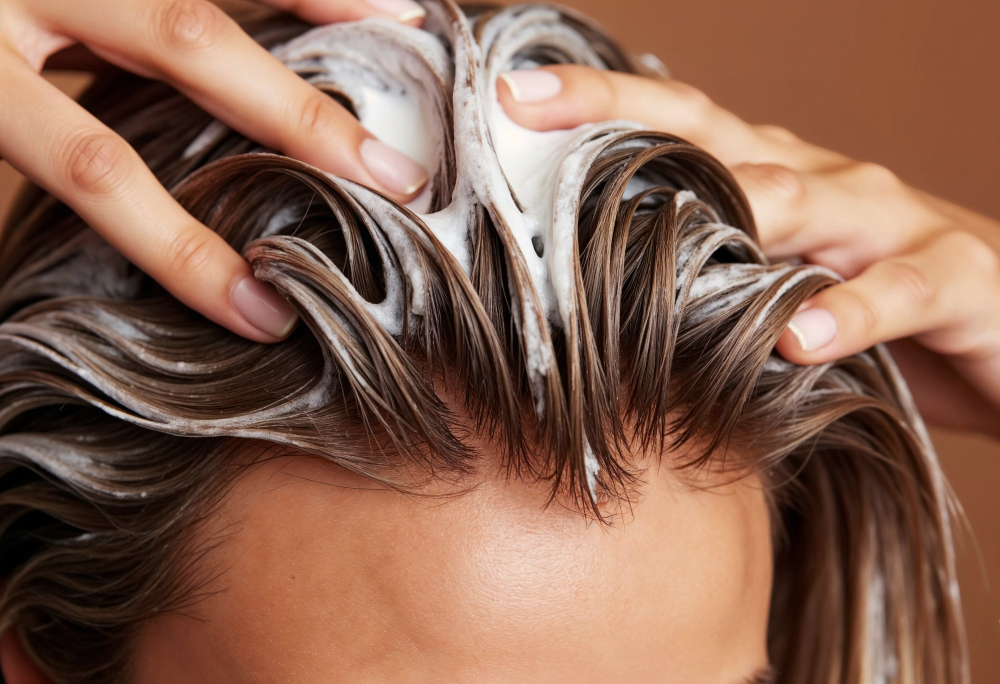
Less is more when it comes to lightning. Even a gentle bleach wash for hair can weaken your hair if done too often. We recommend waiting at least 4–6 weeks between bleach washes and using bond-building treatments, such as Olaplex or K18, in between to maintain strength and elasticity.
Aftercare: Keeping Bleach-Washed Hair Healthy
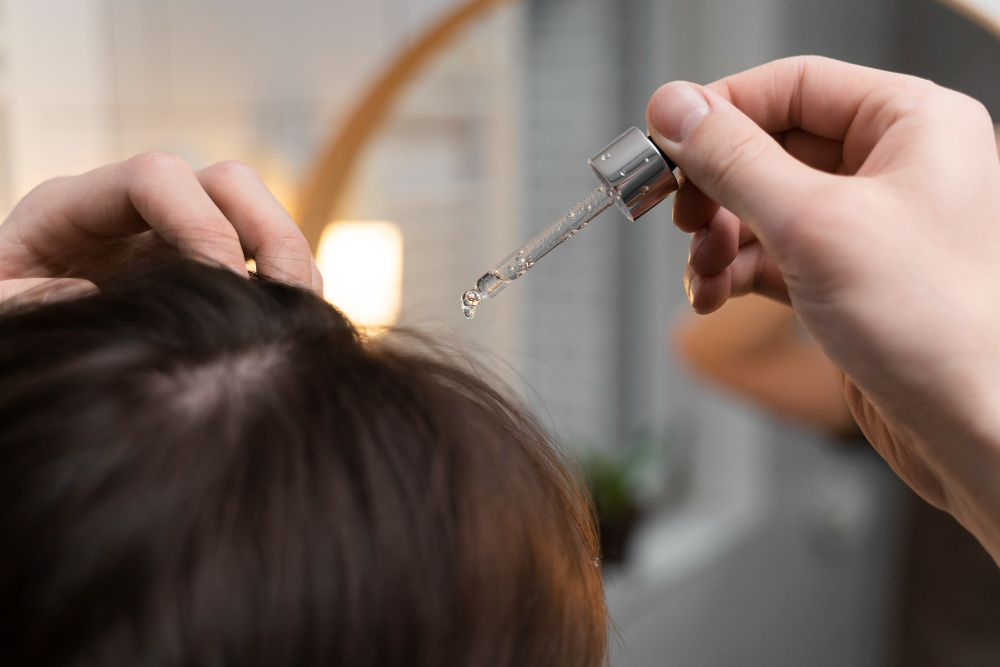
Bleach washing may be mild, but your hair still needs some TLC afterwards. Here’s how to keep your strands strong, shiny, and beautiful:
- Hydrate regularly: Use a sulfate-free, moisturizing shampoo and deep conditioner.
- Bond repair: Incorporate bond builders to fortify hair from the inside out.
- Limit heat styling: Let your hair air dry or use heat protectants every time.
- Use purple shampoo: To keep brassiness at bay if you’re going lighter.
- Trim split ends: Regular dusting keeps your ends fresh and prevents breakage.
Wrap-Up: Should You Try a Bleach Wash?
If your hair color needs a refresh or you’re prepping for a new shade, a bleach wash can be a brilliant addition to your beauty arsenal.
It’s less damaging than traditional bleaching and more effective than a clarifying shampoo alone. But the key is knowing when and how to use it.
Is a bleach wash right for you? Book a consultation with our expert colorists at Haste Urban Hair Spa.
We’ll walk you through the best option for your hair journey, no guesswork, no stress, just beautiful results.
FAQ
Can I bleach-wash dyed black hair?
Yes, but it may take several sessions and might not lift to blonde in one go. Always strand test first.
Will a bleach wash remove toner?
It’s one of the gentlest ways to strip out unwanted toner or over-toned hair.
Can I tone my hair after a bleach wash?
A bleach wash is often used to prep hair for toning. Ensure your hair is properly conditioned before applying a toner.
Is bleach washing safe for curly or textured hair?
It can be, but textured hair is more prone to dryness and damage. Use a lower-volume developer and follow with ultra-hydrating treatments.

